EV Castings
LK Die Casting Machine / 2024-08-05 15:56:06
2024-08-05 By Cherry
The development of EV Castings is inseparable from advanced casting technology, and casting
play a vital role in it.
This article will explore EV Castings in depth, including their manufacturing process,
material selection, and future development direction.
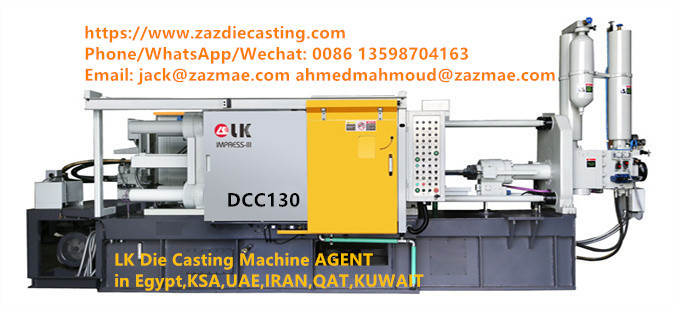
Application of castings in electric vehicles
The lightweight design of EV Castings is an important way to improve energy efficiency, so the
application of castings becomes particularly important. Aluminum alloys and magnesium alloys have
become the preferred materials for EV Castings due to their lightweight, high strength,
and good die-castability.
Aluminum alloy castings
Aluminum density (about 2.7 g/cm³) is low, which makes aluminum alloys an ideal material for EV Castings
bodies, suspension systems, and battery housings.
The most common aluminum alloys such as A380, A360, etc. are widely used due to their excellent casting
properties and mechanical properties.
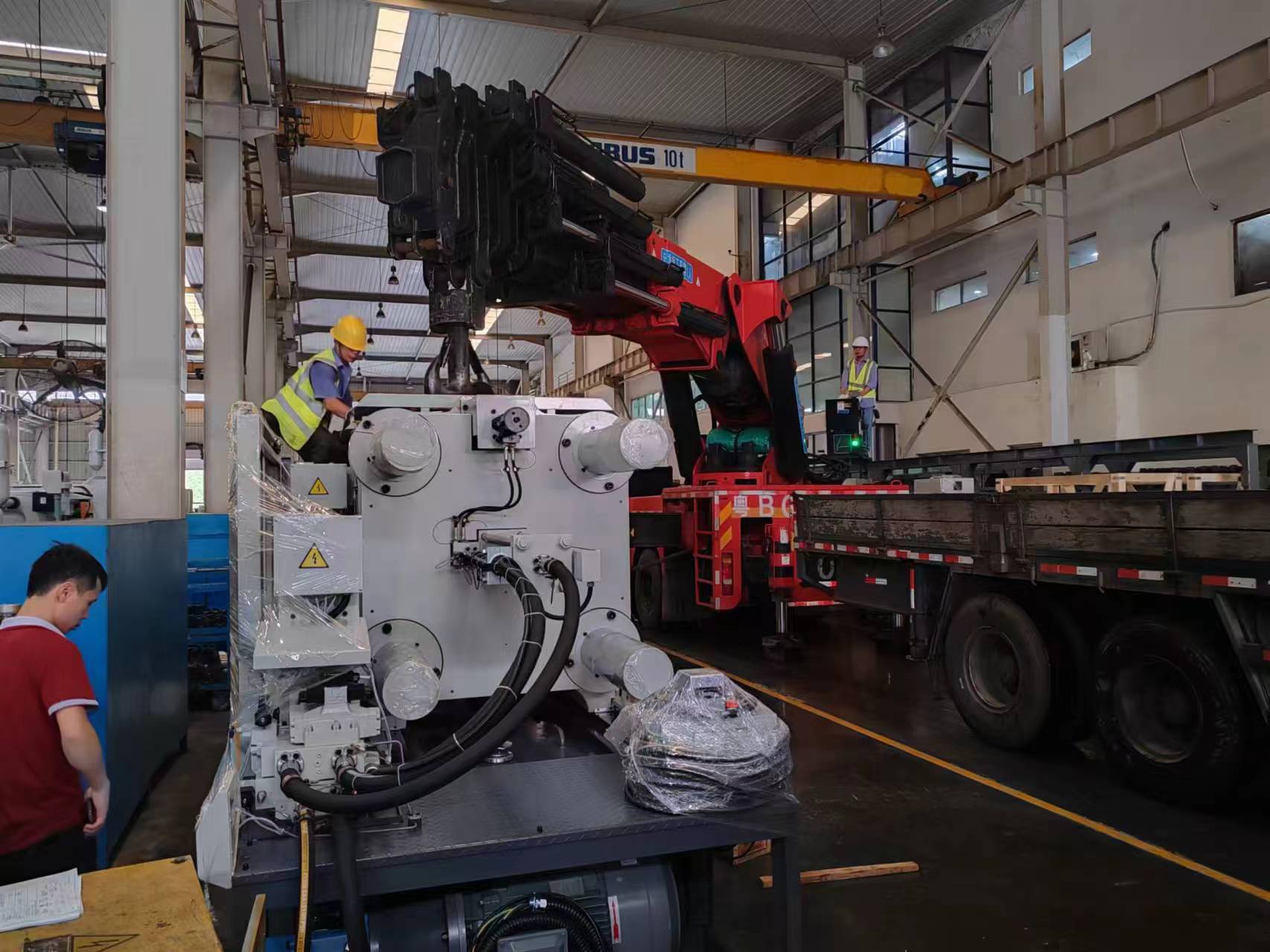
Casting defects: Common aluminum alloy casting defects include pores, shrinkage cavities, cold shuts, and
inclusions.
These defects can be effectively reduced by optimizing mold design and adjusting pouring temperature and speed.
Precise Cast Prototypes&Engineering: Modern casting technologies such as precision casting and 4D metal
finishing can produce high-precision, high-quality castings to meet the needs of complex components in EV Castings.
Magnesium alloy properties
Magnesium alloy material properties: magnesium alloys have a lower density (about 1.8 g/cm³) and have excellent specific strength and shock absorption
properties, making them suitable for manufacturing parts such as wheels and dashboard brackets.
Magnesium alloy material properties: Magnesium alloys have good thermal conductivity, anti-electromagnetic interference
ability and recyclability, but their casting process is relatively complex and needs to be carried out under a vacuum
or inert gas protection.
Magnesium alloy performance: Magnesium alloy products such as AZ91D and AM60B are widely used in EV Castings
due to their superior performance.
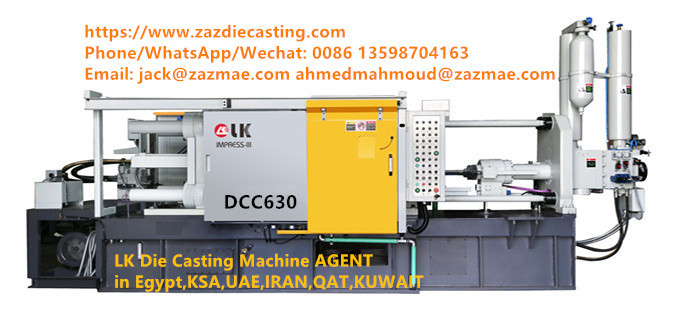
Innovation and development of casting technology
The continuous innovation of casting technology has promoted the improvement of the quality and production
efficiency of EV Castings.
Dynamic metal finishing and 4D metal finishing: These emerging technologies improve the surface quality
and dimensional accuracy of castings by adjusting processing parameters in real time to meet the needs of
high-performance EV Castings.
How to get an electric die casting machine: Choosing the right die casting equipment, such as an electric
die casting machine, can significantly improve production efficiency and casting quality. There are many
brands and models available on the market, and users can choose according to their own needs and budget.
Selection and performance analysis of casting materials
The choice of materials directly affects the performance and cost of castings. The following are several
commonly used materials and their characteristics:
How strong is zinc alloy: Zinc alloy has high strength and is suitable for manufacturing precision parts with complex shapes.
However, its density is large (about 6.6 g/cm³), and it is less used in electric vehicles.
Physical properties of aluminum foil: Aluminum foil has good electrical conductivity, thermal conductivity, and
corrosion resistance. Although it is not directly used for castings, it has important applications in battery packaging.
Future development trends
Future development trends of electric vehicle castings include:
Expected die-casting castings: With the advancement of electric vehicle technology, more key components are
expected to adopt die-casting processes, such as motor housings, battery trays, etc.
About die-casting: The die-casting process will continue to improve in terms of precision, speed, and material
utilization to meet the needs of large-scale production of electric vehicles.
Summary
The manufacturing of electric vehicle castings involves a variety of materials and advanced processes.
Aluminum alloys and magnesium alloys have become the preferred materials due to their excellent properties,
while new technologies such as dynamic metal finishing have improved the quality and production efficiency of castings.
In the future, with the continuous advancement of technology, die-casting technology will play an increasingly
an important role in electric vehicle manufacturing, bringing more innovation and development opportunities to the industry.
Through the above analysis, it can be seen that electric vehicle castings are not only the embodiment of manufacturing
technology, but also an important driving force for the development of electric vehicles.
I hope this article can provide readers with valuable information to help them better understand the relevant knowledge
and future development direction of electric vehicle castings.
To learn more info about Die Casting Machines, pls contact
LK OFFICIAL AGENT OFFICE DCM
LK Official Agent for Egypt(EGY), Saudi Arabia(ksa),United Arab Emirates(UAE),
the Islamic Republic of Iran(Iran), Qatar(QAT), the State of Kuwait(Kuwait)
Address: Industry Zone, South of Port Said Kebly, Egypt
https://www.zazdiecasting.com/
Phone/WhatsApp/Wechat: +86 13598704163
Mobile: +20 101 304 3317 +20 150 181 8310
Email: jack@zazmae.com ahmedmahmoud@zazmae.com
OTHER CONTENT
-
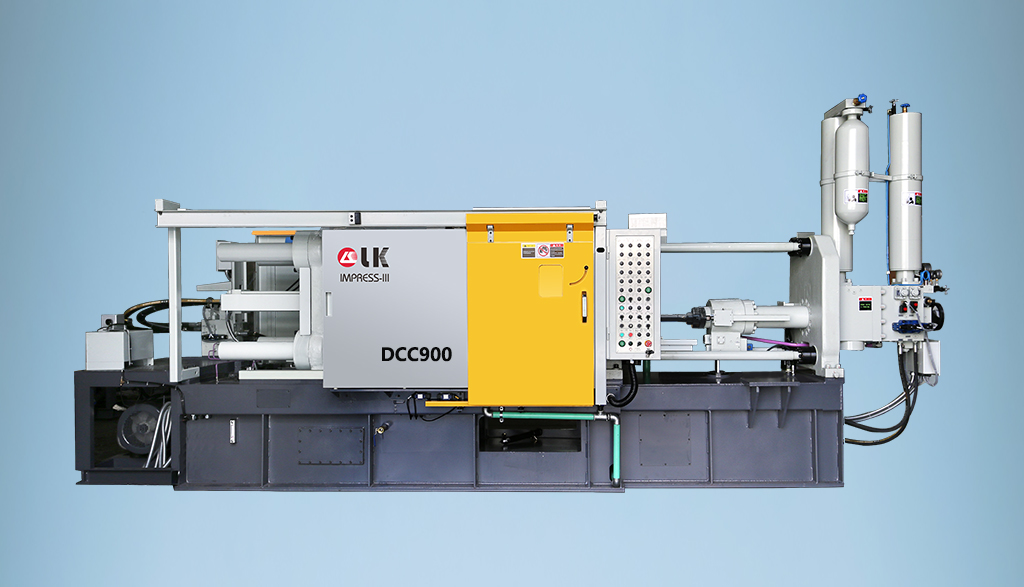
2024-09-19 14:16:15 LK Cold Chamber Die Casting Machine DCC900 Locking Force: 9000KN Die Height: 400-1000mm Space Between Tie Bars: 930x930mm Shot Weight: 13.5Kg Casting Area Max:2250c㎡
More -
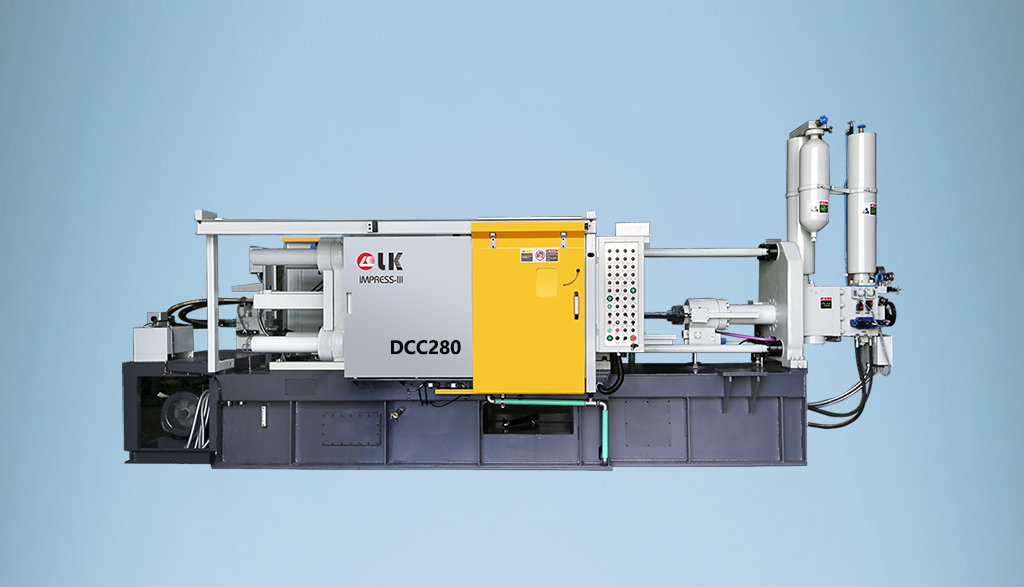
2024-09-19 14:11:06 LK Cold Chamber Die Casting Machine DCC280 Locking Force: 2800KN Die Height: 250-650mm Space Between Tie Bars: 560x560mm Shot Weight: 2.9Kg Casting Area Max:700c㎡
More -
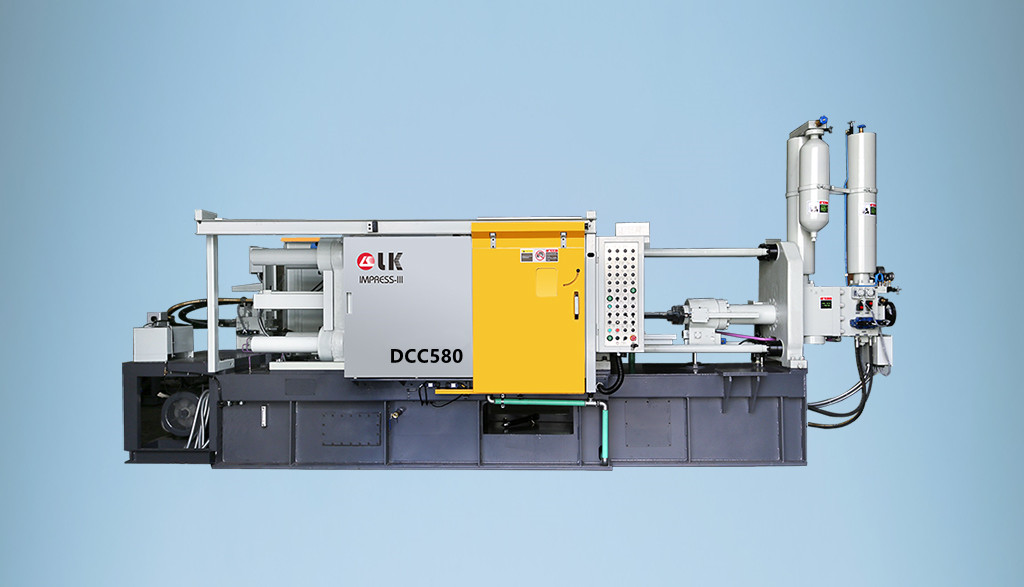
2024-09-19 10:23:07 LK Cold Chamber Die Casting Machine DCC580 Locking Force: 5000KN Die Heigh: 350-850mm Space Between Tie Bars: 760x760mm Shot Weight: 6.9Kg Casting Area Max:1250c㎡
More -
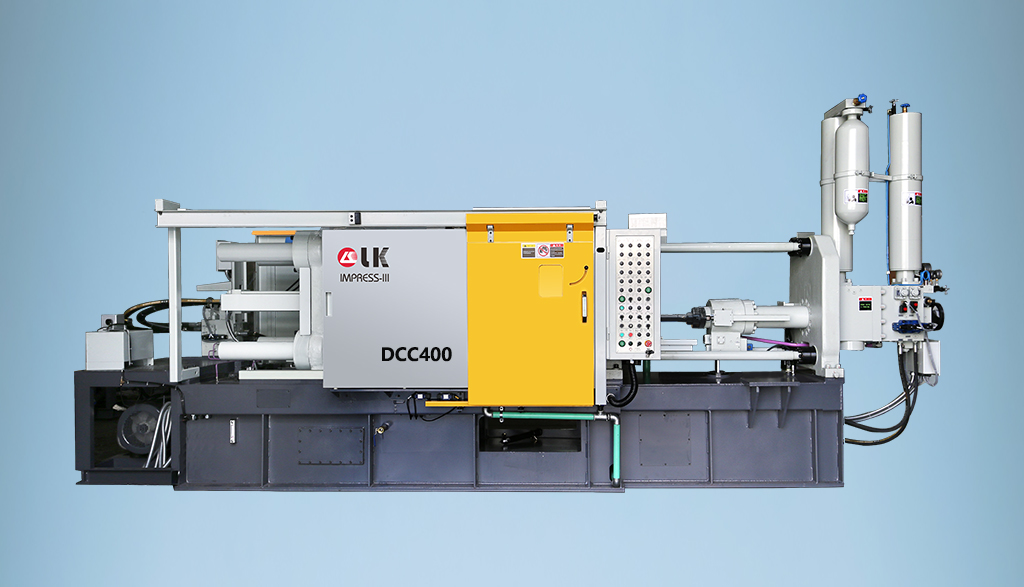
2024-09-19 10:11:20 LK Cold Chamber Die Casting Machine DCC400 Locking Force: 4000KN Die Height: 300-700mm Space Between Tie Bars: 669x669mm Shot Weight: 4.7Kg Casting Area Max:1000c㎡
More

